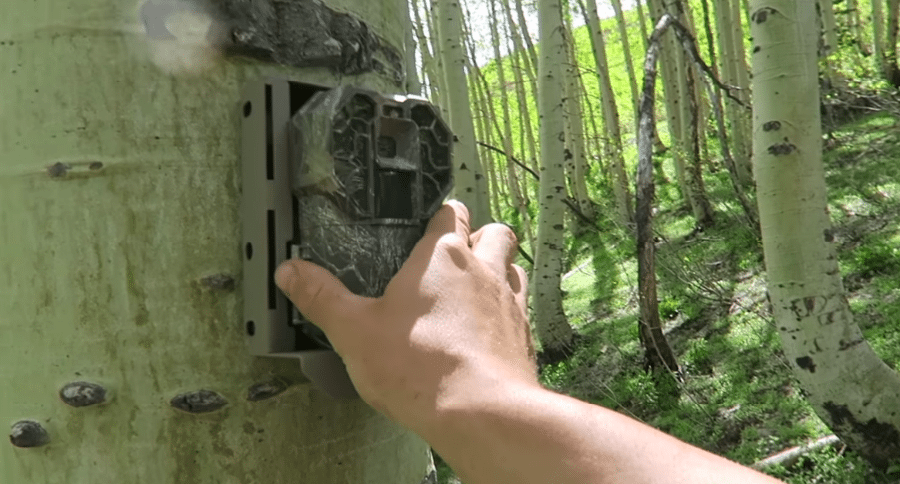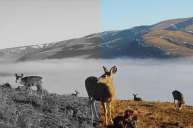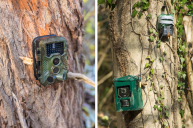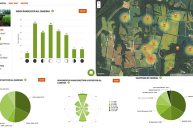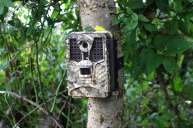Here are some really fantastic tips on getting the absolute most from your trail cam action and increasing the quality of the pics or video you record.
Martin Chagnovich presents an excellent tutorial on how to set up your trail cameras to increase their effectiveness in getting more photos and in improving the quality of those pics.
Chagnovich really puts in the effort in setting his cameras and preparing the sites, and it pays off big time for him. This is more than just finding a trail and positioning your camera to face it. This is work!
First, Chagnovich lists the few items he carries with him when he heads out to set up his trail cameras:
- Game attractant: Chagnovich hauls a liquid and a solid mineral lick (he recommends Trophy Rock). This helps get the animal to stop when taking the picture.
- Saw or hedge trimmer: to trim away any branches that may be in the way of the camera.
- Pick or shovel: to dig out a space for your attractant and otherwise move some earth where needed.
- Trail cameras.
After you figure out the best location for your camera, you should use your saw to cut away any branches that obstruct the photo. Consider the time of year as well, and how plants may grow throughout the summer to potentially block the camera's view. Cut them down preemptively.
One thing you may not think of is the wind blowing branches into the camera's view. Take care of those as well.
Use the pick or shovel to dig out a level spot, around four feet square, to place your attractant and to help you determine the size of the animal.
Next, take some test photos of yourself. Check your pics in the field with SD card readers and make sure that the camera catches things the way you want them captured.
Chagnovich also tries to point his cameras to the north for best lighting and to avoid silhouette shots. Set your camera's settings to the location: if on a trail where animals are walking by, set the passive infrared/PIR delay to a shorter time (15-25 seconds); if on a food or attractant site, set for around 45 seconds.
Finally, if you're going to put this amount of effort into effectively setting up your trail cameras you need to hike. "Don't be afraid to put on the miles," says Chagnovich. Check google earth and look for trails, but most importantly, get out and hike the woods and see for yourself. Be patient and look for the best spots.
Water, food and bedding areas are, of course, the three basics that critters need. Focus on those and be patient and judgmental in determining where to set your cameras.
Great tips to keep in mind this preseason.
Like what you see here? You can read more great articles by David Smith at his facebook page, Stumpjack Outdoors.
NEXT: Check Out the Spine-Tingling Sound of a Wolf Howling on Trail Cam
https://rumble.com/embed/u7gve.v3v4j9/
